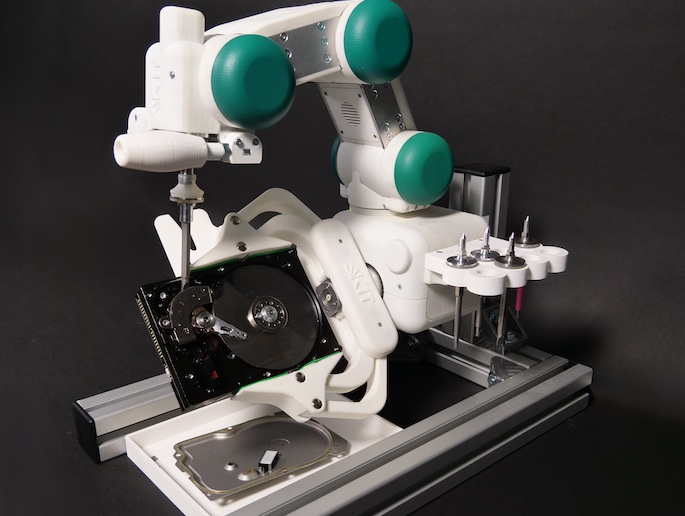Sensor technology for studying crickets
The CICADA project investigated how the super sensitive structures of a cricket developed, and how these worked in relation to the cricket's "software". They found that typical neural responses were based on the angular displacement of hairs. As small a displacement as 0.001 degrees in a wind velocity of millimetres per second or less was enough to trigger a response. They also discovered that such sensitivity was directly related to the structural nature of the socket-hair subsystem and the mechanical nature of the involved tissues. The actual mechanisms are more complex than described, for example the sensitivity is also based on an amplifying system, and the specific construction of the individual parts. The elasticity of the rubber-like membrane, for example, that anchors the base of the hairs determines the stiffness of the rotational spring. This was found to be critical to mechanical response of the individual hairs. As well as characterising the relevant morphological values involved, the project also set about to construct correlations between the morphological and geometrical parameters. Various methods were employed to obtain this dataset. For example vibration methods and high speed cameras were used to determine the elasticity of the hair supporting membrane. The project made use of laser Doppler vibrometry and high speed cameras. They showed that the hairs "follow" the stimulus and appear to be in "tune" with it, over a vast range of frequencies. The ultimate purpose of assessing such systems is be able to eventually use this knowledge to develop miniature artificially life-like sensor systems. Moreover, by combining cross-disciplinary data, from sensory ecology to micromechanical systems, it is hoped that significant advancements in biomimetic life-like perception systems can be achieved.







